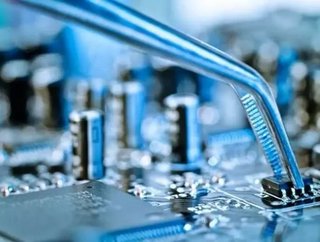Qualcomm: a history

Qualcomm Inc. is in talks with NXP Semiconductors to acquire the latter company for around $30 billion.
Sources claim that Qualcomm is investigating other avenues, but such an acquisition could prove a huge boost to the semiconductor industry, and chip makers are consolidating at an impressive rate.
Qualcomm has become one of the biggest chip-makers and patent licensing businesses in the world, with 224 worldwide locations and a current stock price of $68.50. But how has it grown so much since its inception in 1985? Here is a brief history of the company:
1985 – Qualcomm was founded by Professor Irwin M. Jacobs, Andrew Viterbi, Harvey White, Adelia Coffman, Andrew Cohen, Klein Gilhousen, and Franklin Antonio, the former two being alumni of MIT.
1990 – The company began designing the first CDMA-based cellular base station.
1992 – The manufacture of CDMA cell phones began, alongside base stations and chips.
1992 – Qualcomm acquired Eudora, an email client for use in its OmniTRACS system, boosting Qualcomm’s little-known name in the industry.
1997 – Qualcomm further improved its exposure by renaming the Jack Murphy Stadium in San Diego to Qualcomm Stadium for the next 20 years.
1999 – Qualcomm sold its base station business to Ericsson, the cell phone business to Kyocera, and focussed entirely on developing its wireless technologies.
2011 – Steve Mollenkopf became COO.
2013 – Vista Equity Partners took over the OmniTRACS business.
2014 – Qualcomm made a deal with CSR Plc, allowing it to beat its biggest rival, Microchip Technology. Steve Mollenkopf was promoted to CEO and announced that Qualcomm would target the data centre market with sever chips based on ARM architecture. Qualcomm saw huge growth in profits during this time as its Snapdragon System-on-Chip poached market shares from competitors. Qualcomm was even beating Intel for a time, but was then forced to catch up quickly when Apple A7 hit the market.
2015 – Qualcomm was forced to cut jobs and even executive wages in order to reduce costs, but rejected calls to split the company, deciding instead to keep its chip-making and patent license businesses solid.






